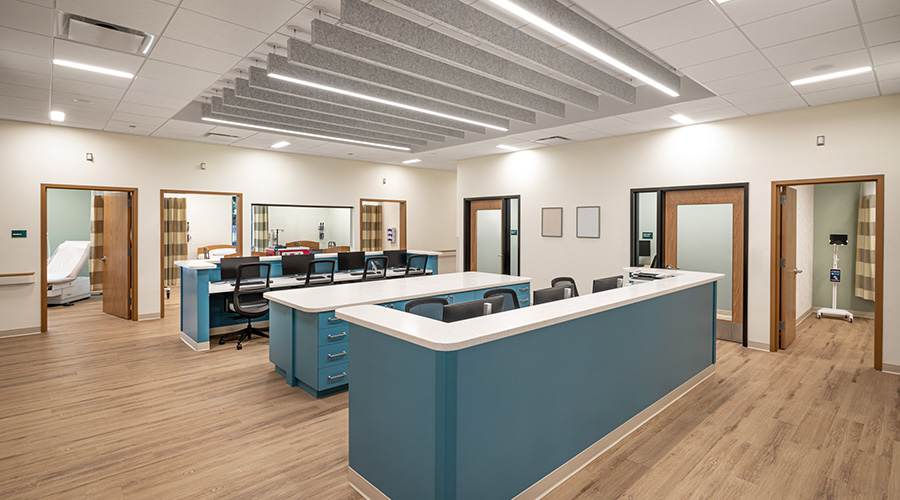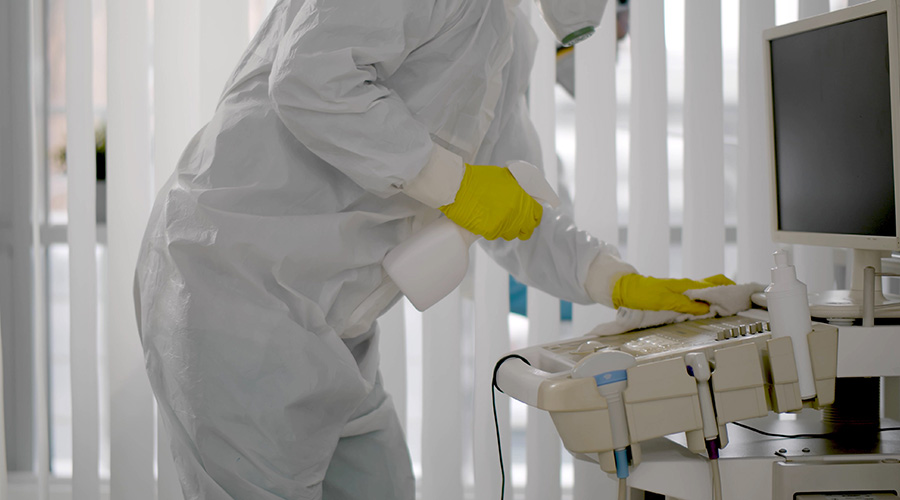We have known since the early 1800s that keeping our hands clean, particularly in the healthcare setting, can save lives. Almost 200 years later, the Centers for Disease Control and Prevention still has to remind us how important it is to wash our hands, says Susan Cantrell in a blog on the Healthcare Purchasing News website. Constant education and monitoring are still necessary in most cases.
Patients as well as healthcare workers are seen as key to any handwashing campaign.
"In healthcare, we all too often forget the patient as the center of care, and this certainly includes involving them in the hand-hygiene program. The patient can serve as a reminder to caregivers to sanitize their hands, when indicated, but [they] also can be actively engaged in practicing hand hygiene themselves," the blog quotes J. Hudson Garrett, Jr, PhD, MSN, MPH, Vice President, Clinical Affairs, PDI Inc., Orangeburg, N.Y., as saying
Despite the plethora of evidence on the importance of hand hygiene, monitoring still seems to be necessary to ensure hand-hygiene compliance. Administrative support and accountability are important components of successful hand-hygiene−compliance campaigns, noted Garrett, PDI. "These types of critical initiatives must have a C-suite sponsor who is charged with staff accountability. It also is vital to ensure that transparency with compliance is ongoing, especially regarding the publication of facility data. It is only through routine analysis of data that facilities can continually improve outcomes, including compliance with the lifesaving practice of hand hygiene. With executive championship and data transparency, compliance has the best chance for success."
Garrett recommends consistent reinforcement for successful compliance.
"Adult behavior is adjusted through reinforcement. Using seatbelts as an example, wearing a seatbelt is now hard-wired behavior throughout society. Part of this was accomplished using built-in alarm systems that warn the user they are not being compliant and then continually alarm until the behavior is correctly modified. This is seen in healthcare equipment, such as intravenous-therapy pumps or telemetry monitors commonly, and is now being seen in hand-hygiene−monitoring practices."
Read the blog.

 Why Identity Governance Is Becoming a Facilities Management Issue
Why Identity Governance Is Becoming a Facilities Management Issue Habitat Health Opens South Los Angeles PACE Center
Habitat Health Opens South Los Angeles PACE Center Denton County MHMR Center Suffers a Data Breach
Denton County MHMR Center Suffers a Data Breach What Every EVS Leader Needs To Know
What Every EVS Leader Needs To Know Blackbird Health Opens New Clinic in New Jersey
Blackbird Health Opens New Clinic in New Jersey